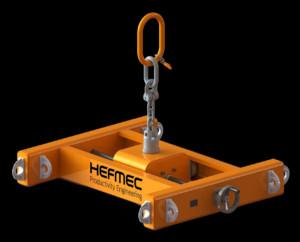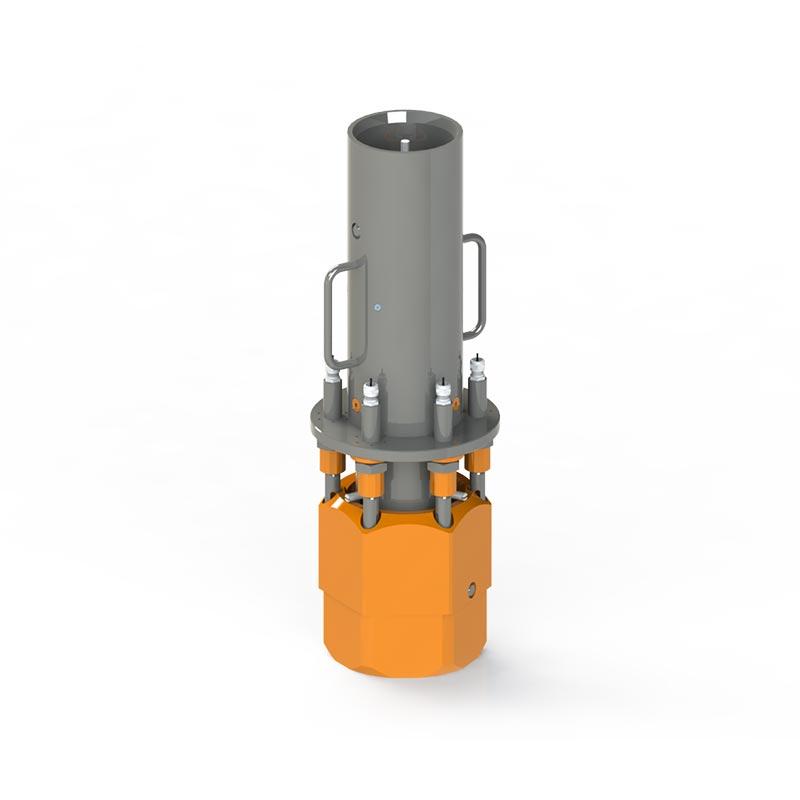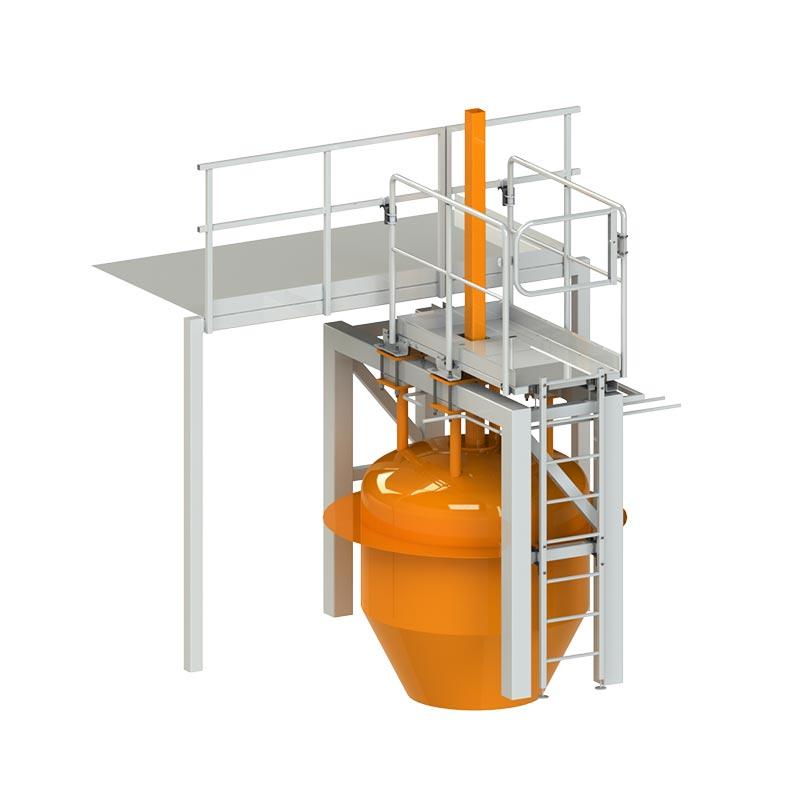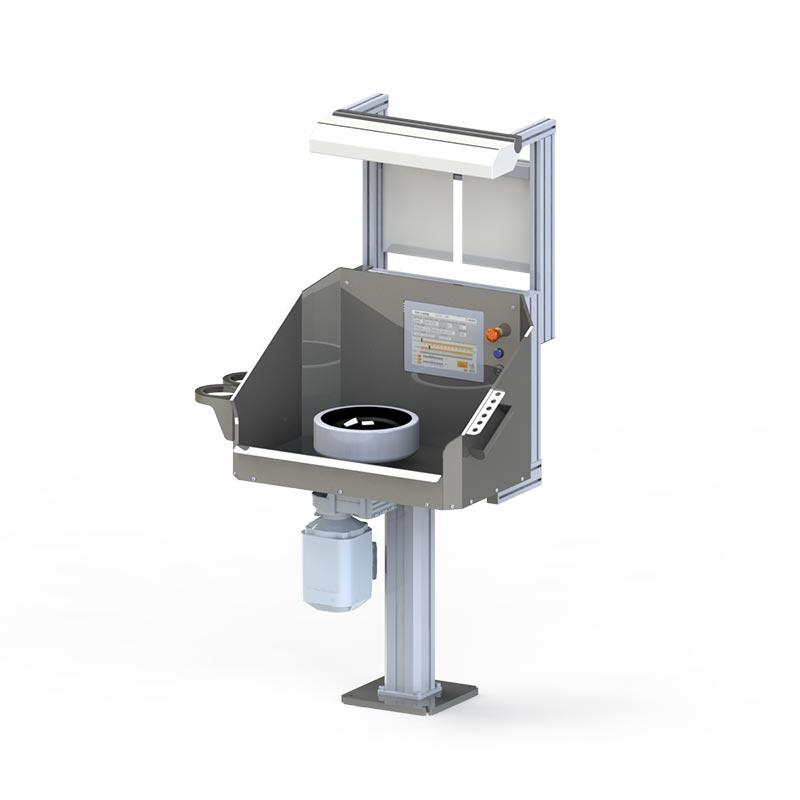A quality forklift consists of a wide range of tools that allow you to safely move heavy machinery and equipment. Essential equipment includes durable transfer platforms, hydraulic jacks, winches and hoists. The safety standards and technical quality of this equipment are of paramount importance to ensure safety at work and to enable efficient working in different types of industrial environments.
What equipment is included in a quality forklift truck?
Moving industrial equipment requires the right equipment to ensure both safety and smooth operation. Hefmec’s comprehensive range of material handling equipment includes a variety of transfer platforms to safely transport machinery to its destination. Hydraulic jacks are indispensable for lifting work, while a range of winches allow controlled movement even in the most demanding conditions.
Lifting lines and chains are standard equipment and their quality should not be compromised. At Hefmec, we pay particular attention to the durability and safety of these tools. Working with quality forklift equipment is not only safer, but also much more efficient – often heavy machinery can be moved in a fraction of the time it would take with improvised methods.
How to choose the right transfer trays for machines of different weights?
The most important factor to consider when choosing a transport platform is, of course, the weight of the machine to be moved. For lighter machines of less than 5 tonnes, basic transfer platforms are suitable, while heavier machines require more robust equipment. The Hefmec range includes transfer platforms up to 50 tonnes, which covers the needs of most industrial customers.
In addition to the weight, the dimensions of the object to be moved and the position of the centre of gravity must be taken into account. Special solutions may be required for asymmetrical loads. If required, Hefmec transfer platforms can be combined with special features such as swivel castors or adjustable support legs.
The choice of substrate material also has a significant impact on its suitability. A steel chassis is durable and long-lasting, while aluminium chassis are lighter to handle. The flooring materials and thresholds in the transfer environment have their own requirements, which Hefmec’s experts take into account in the design.
What lifting equipment is necessary for safe foraging?
Safe forklift operations require a variety of different lifting equipment. Hydraulic jacks are the basic tool for lifting objects onto transfer platforms. The Hefmec range includes both low and high jacking models for different lifting needs. Chain pallets, on the other hand, allow precise lifting and transfer in situations where controlled movement is required.
Hoist lines are a key safety factor in forklift operations. They must comply with current EN standards and their load capacity markings must be clearly visible. Hefmec’s hoist lines comply with the requirements of the EU Machinery Directive and occupational safety regulations.
For more demanding transfers, hydraulic transfer cylinders or winches are often needed. These allow even heavy equipment to be moved in a controlled manner without jerky movements, reducing the risk of injury to both equipment and personnel. Safety features such as overload guards are always standard equipment on lifting equipment supplied by Hefmec.
How often should forklift trucks be maintained and inspected?
Regular inspection and maintenance of the dredging equipment is crucial to ensure occupational safety and equipment reliability. Hoisting lines and chains should be visually inspected before each use and more thoroughly at least once a year. Hydraulic equipment such as jacks and winches require maintenance approximately every 6-12 months depending on the amount of use.
The bearings and wheels on the transfer platforms need regular lubrication and condition checks. Hefmec’s maintenance services cover everything from periodic inspections of forklift trucks to corrective maintenance. We also offer equipment maintenance plans to ensure that maintenance is carried out on time.
Regular maintenance ensures a long service life of the equipment and reduces the risk of unexpected equipment failures in the middle of critical transport operations. Hefmec’s maintenance programme means that equipment that is covered by our maintenance programme will serve our customers for years longer than its unmaintained counterparts.
What additional equipment is needed for special fishing situations?
Special situations require special equipment. Low-profile jacks and specially designed transfer platforms are often required when operating in confined spaces. The Hefmec range includes, for example, turntables for turning heavy objects in a controlled and safe position.
Staircases and thresholds pose particular challenges in relocation work. For these situations, Hefmec offers special rollers and adjustable transfer ramps that allow thresholds to be crossed safely. On uneven surfaces, tilting cylinders and leveling platforms are required to keep the object to be moved stable.
For moving particularly sensitive equipment, we recommend using vibration-damped transfer platforms to protect the equipment during transport. Hefmec’s forklift accessories also include a range of lashing and locking systems to ensure the load remains in place throughout the transfer.


